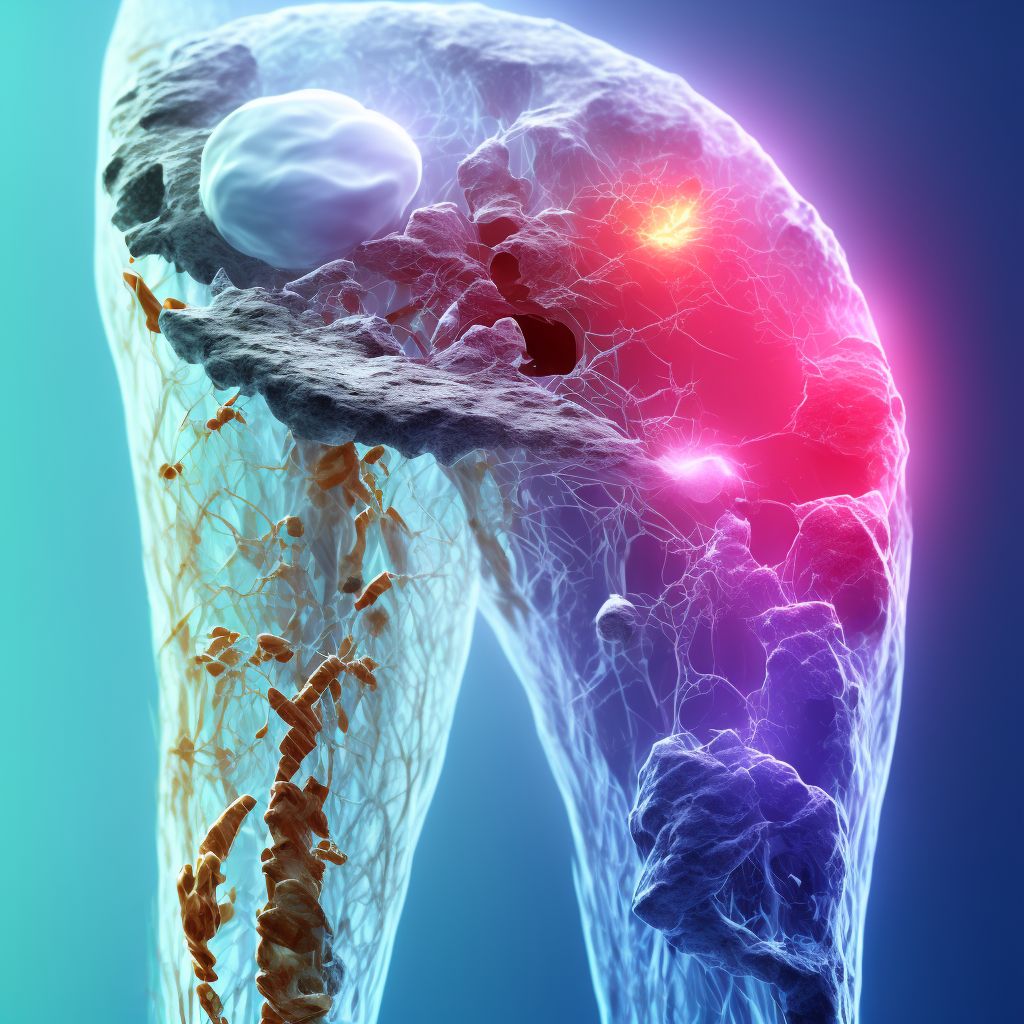
Displaced fracture of right tibial tuberosity, subsequent encounter for open fracture type I or II with routine healing Save
ICD-10 code: S82.151E
Disease category: S82.151: Displaced fracture of right tibial tuberosity
Displaced Fracture of Right Tibial Tuberosity: Understanding Subsequent Encounters and Routine Healing
A displaced fracture of the right tibial tuberosity can be a challenging injury to cope with, but with proper care and treatment, routine healing is achievable. In this article, we will explore the subsequent encounters associated with open fracture types I or II and delve into the healing process.
When dealing with a displaced fracture of the right tibial tuberosity, subsequent encounters become crucial for monitoring the progress of healing. These encounters involve regular check-ups and assessments to ensure that the fracture is healing as expected and any potential complications are identified early on.
During subsequent encounters, healthcare professionals may perform various examinations, such as physical evaluations and imaging tests, to assess the healing process. X-rays, CT scans, or MRIs help provide detailed information about the alignment of the fractured bone, the extent of healing, and any potential issues that may hinder the recovery process.
Furthermore, routine healing is a significant aspect of managing a displaced fracture of the right tibial tuberosity. With proper care, the fractured bone can gradually heal and regain its strength. This healing process typically involves the formation of a callus, a protective bridge of new bone tissue, to stabilize the fracture site.
- Rest and Immobilization: One of the primary steps in routine healing is ensuring the affected leg remains immobile. This may involve the use of a cast, brace, or splint to provide stability and protect the fractured bone.
- Physical Therapy: Once the fracture begins to heal, physical therapy may be recommended. This helps restore range of motion, strengthen the surrounding muscles, and improve overall mobility.
- Pain Management: Managing pain during the healing process is crucial. Healthcare professionals may prescribe pain medications or suggest alternative pain management techniques, such as ice packs or heat therapy.
- Follow-up Care: Regular follow-up appointments are essential to monitor the progress of healing and make any necessary adjustments to the treatment plan.
It's important to note that this article provides an overview of subsequent encounters and routine healing for a displaced fracture of the right tibial tuberosity. The treatment plan and specific recommendations may vary depending on individual circumstances. It is always recommended to consult with a healthcare professional for personalized advice and guidance.
Treatment of Displaced fracture of right tibial tuberosity, subsequent encounter for open fracture type I or II with routine healing:
Treatment Options for Displaced Fracture of Right Tibial Tuberosity
A displaced fracture of the right tibial tuberosity can be a painful and debilitating condition. However, with the proper treatment, patients can experience a successful recovery. Here are some treatment options for this specific type of fracture: